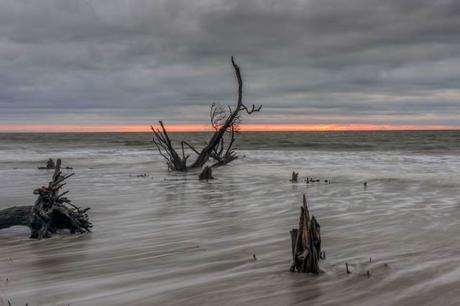
Two weeks ago, I spent three days on Bulls Island. Bulls Island is an uninhabited barrier island at the southern end of Cape Romain National Wildlife Refuge, consisting of over 66,000 acres and 22 miles of the South Carolina coast.
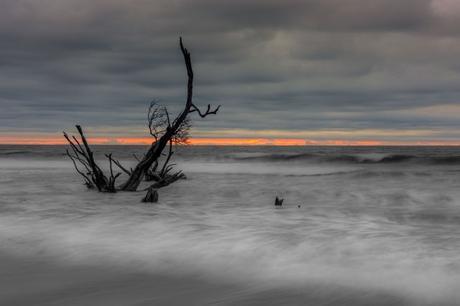
The six and a half mile long Bulls Island contains pristine maritime forest, wetlands, freshwater and brackish water impoundments, and unspoiled natural beaches. It is the home to wildlife and endangered species. More than 275 species of birds have been seen on the island.
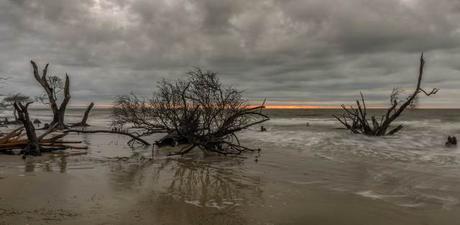
Barrier islands line our east coast from Florida to Maine. Most barrier islands the size of Bulls Island are covered in houses, hotels, and resorts and crowded with people. Bulls Island is predominantly unspoiled and natural, making it a nature photographer’s paradise.
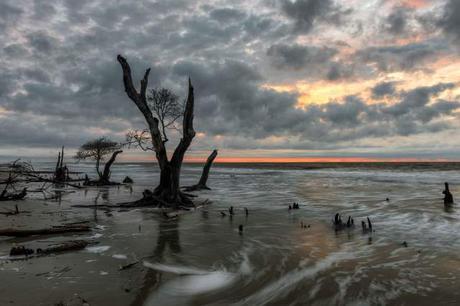
I traveled to Bulls Island with two friends, who are also nature photographers. We were hosted by Coastal Expeditions and their very knowledgeable guides, Gates Roll and Olivia Wilson. Our goal was to explore the island and photograph sunrises at the Boneyard, other landscapes, and wildlife. We achieved that goal.
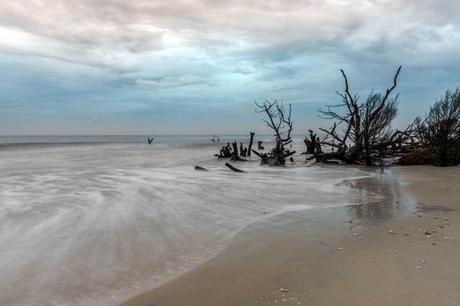
The first three images (above) were taken at sunrise. It was very overcast and lightly raining. When the rain stopped, the newly hatched mosquitoes moved in for breakfast (me). We were told that if we had been on the island a week earlier, there were no mosquitoes. It was worth getting wet from the rain and being devoured by the mosquitoes to see and capture the unforgettable sunrise on Boneyard Beach on Bulls Island.
Bulls Island is changing shape from shifting ocean currents and waves, and the shoreline is moving inland, leaving the trees behind on the beach and in the water. The saltwater kills the trees, and over time the sun bleaches their dead bark and branches, hence the name “Boneyard Beach.” I photographed a similar boneyard beach in northern Florida on Little Talbot Island, but the boneyard on Bulls Island extends over a much longer distance, providing many more photography opportunities.
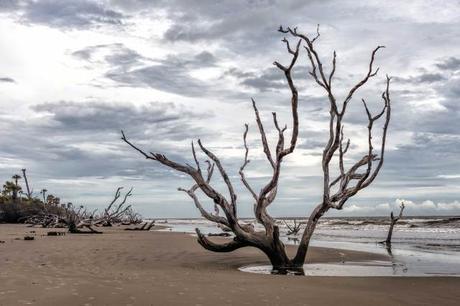
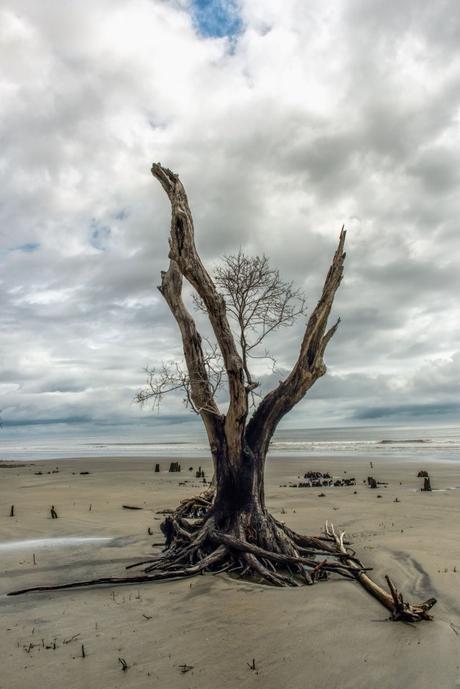
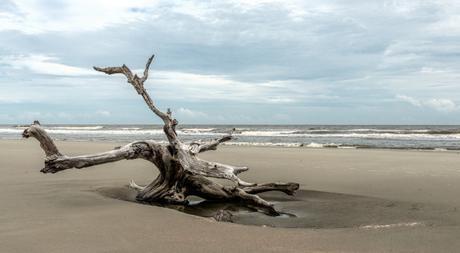
Obviously different than the other images, the below image is black and white. I do not usually shoot many black and white photographs, but sometimes they just work. This B&W image highlights the contrasting light and dark areas, the parallel lines of the ocean’s waves, and the ripples in the sand around the tidal pool at the base of the dead tree.

Another Boneyard Beach image below, but on a sunny afternoon at low tide.
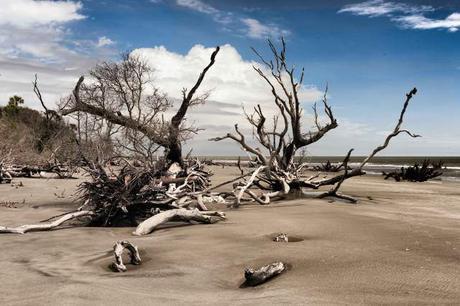
Below is a very small crab, about the size of a quarter, climbing a palm tree. I have seen crabs in trees before, but it still amazes me to see them in trees rather than on a beach or in the water.
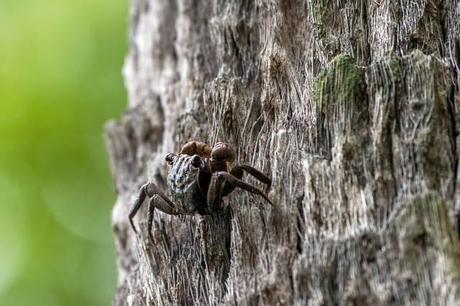
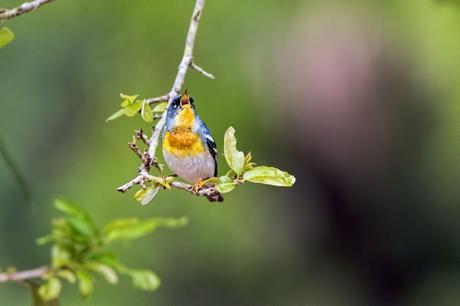
There were many birds on and around Bulls Island. Above is a Northern Parula signing loudly as I photographed it, and below is an Oyster Catcher walking among oysters at low tide.

Below is an image of a Loggerhead Turtle swimming in Bulls Bay. Loggerhead turtles are typically 36 inches in width, weigh 300 pounds, and live from 50 – 70 years. In the spring, many turtles lay their eggs on Bulls Island, and volunteers check the beaches each morning for new turtle nests. Often the eggs within the nests need to be moved to higher ground, which is done by the volunteers who then cover the nests to protect them from predators. When the eggs are moved, they are relocated so that the eggs are placed in exactly the same position as they were in the original nest. This is extremely important because the temperature of eggs within the nest determines the sex of the young turtles, and the temperature varies at different levels within the nest. Eggs incubating at 82°F become males and females at 90°F. An incubation temperature of 86°F results in an equal ratio of male to female hatchlings.
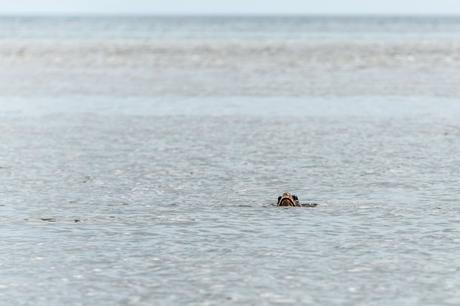
If you enjoyed seeing the images in this article and want to see more, one of the two friends that accompanied me to Bulls Island, Ernie Sears, made a video that contains some of his images, as well as mine and those of Ceasar Sharper, the other friend on the trip.
Comments on this article are appreciated and can be entered by clicking on “Comments” found below the Share this: section. You can also read other’s comments there.
